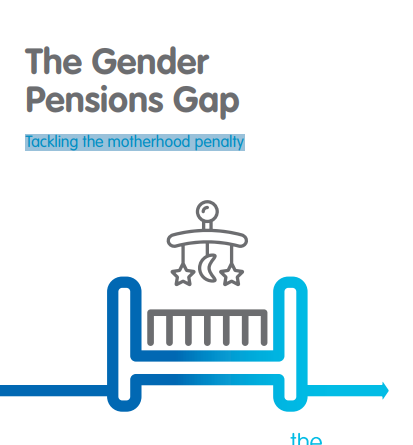The Gender Pensions Gap
By
A recent report by the trade union Prospect found that the gender pensions income gap (39.5%) was more than double the size of the total gender pay gap (18.5%), with the average female pensioner £7000 p.a. poorer than their male equivalent.2
This inequality in the present is the result of the unequal accrual of pension entitlements over decades. It is mainly the product of women’s lower state pension entitlement, the gender pay gap, lower historic access to workplace pensions and increased time out of the labour market to care for children and other family members. The challenge for pensions policy is to ensure that this historic inequality does not persist into the future.
Reforms to state pension entitlement should over the long term largely remove the state pension as a source of future inequality. But other interrelated factors: caring responsibilities, the gender pay gap and lower levels of entitlement to workplace pension saving through automatic enrolment may continue to combine to reduce women’s retirement income in the future. This is in spite of the considerable progress made by automatic enrolment in increasing women’s access to pension saving. Since 2012 the proportion of eligible women saving into a workplace pension has risen by 40 percentage points.
Workplace pensions are tightly tied to pay as pension contributions are typically a percentage of pay. As such, the pensions gender gap is largely a function of the gender pay gap. This has two angles to it: first the pay gap itself and second, the interaction between women’s lower pay and the earnings trigger for automatic enrolment. Many women are out of scope of workplace pension saving because they earn below £10,000 – the threshold for automatic enrolment to kick in.
Get the book here
[ views]











